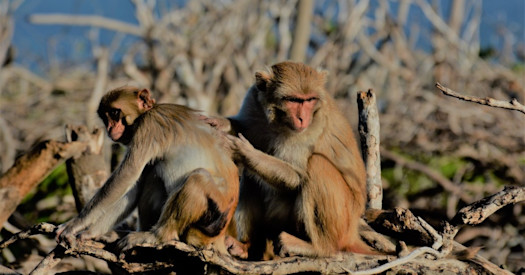 Kevin Lin, Ph.D.: 'What can current statistical and computational methods achieve...?'
Kevin Lin, Ph.D.: 'What can current statistical and computational methods achieve...?'
The Seattle Area Single Cell user group, also known as SASC, will hold its fifth quarterly meeting June 17th from 10 am to 12 noon at the Fred Hutchinson Cancer Center. Learn more and register here.
Kevin Lin, Ph.D., an Assistant Professor in the UW Department of Biostatistics at UW, will be leading the session with a focus on single-nuclei paired multi-ome (RNA+ATAC) analyses. His research focuses on studying cellular mechanisms from cell-level data, with a recent focus on studying Alzheimer’s disease.
Lin develops novel methods using ideas from matrix factorization and network modeling on single-cell sequencing, neuropathology, and cell morphological data to derive new insights in cell biology.
This session will cover:
- Creating a single-nuclei object for ATAC data in Signac, visualization of peak regions and the coverage tracks
- Constructing motif and gene activity scores from the ATAC data
- Multi-ome integration between RNA and ATAC.
“Both the ‘how’ and the ‘why’ will be discussed,” Lin said.
He holds a doctorate in Statistics from Carnegie Mellon University. He did post-doctoral research the University of Pennsylvania’s Wharton Department of Statistics & Data Science before joining the UW faculty in 2023.
“I am thrilled Dr. Lin has volunteered to lead a SASC session,” said Mary O’Neill, Ph.D., BBI’s Director of Single Cell Genomics and convener of the user group. “We hope that Dr. Lin and others will continue to come forward and share their insights and expertise with the broader community.”
A quote from Lin’s personal web page seems to exemplify his commitment to science: “What can current statistical and computational methods achieve, and why are those not enough to uncover the fascinating cell biology mechanisms that are urgently needed to be studied? Is it because current methods are not statistically robust? Is it because the current frameworks are not satisfactory? Or does new technology offer new perspectives on how to model the biology?”

